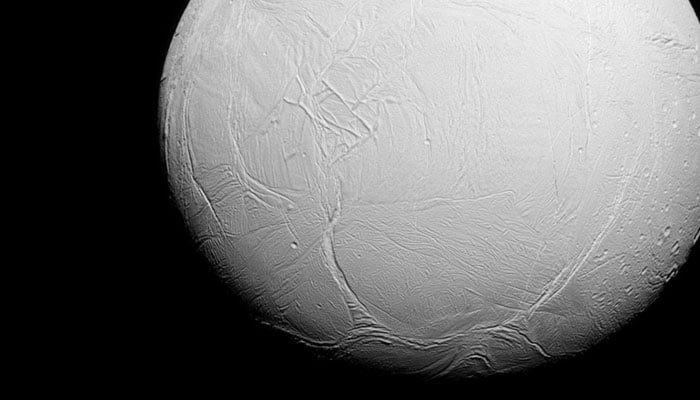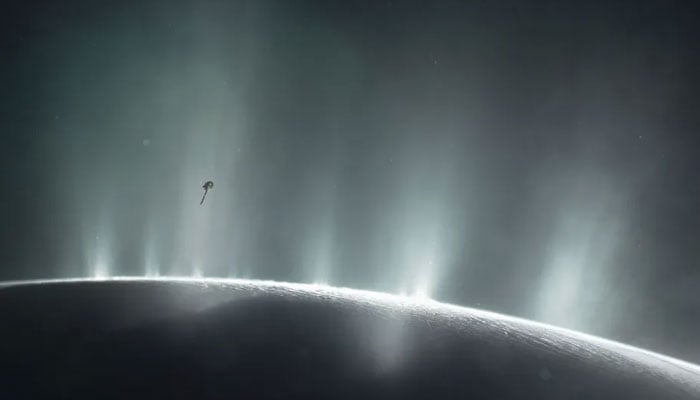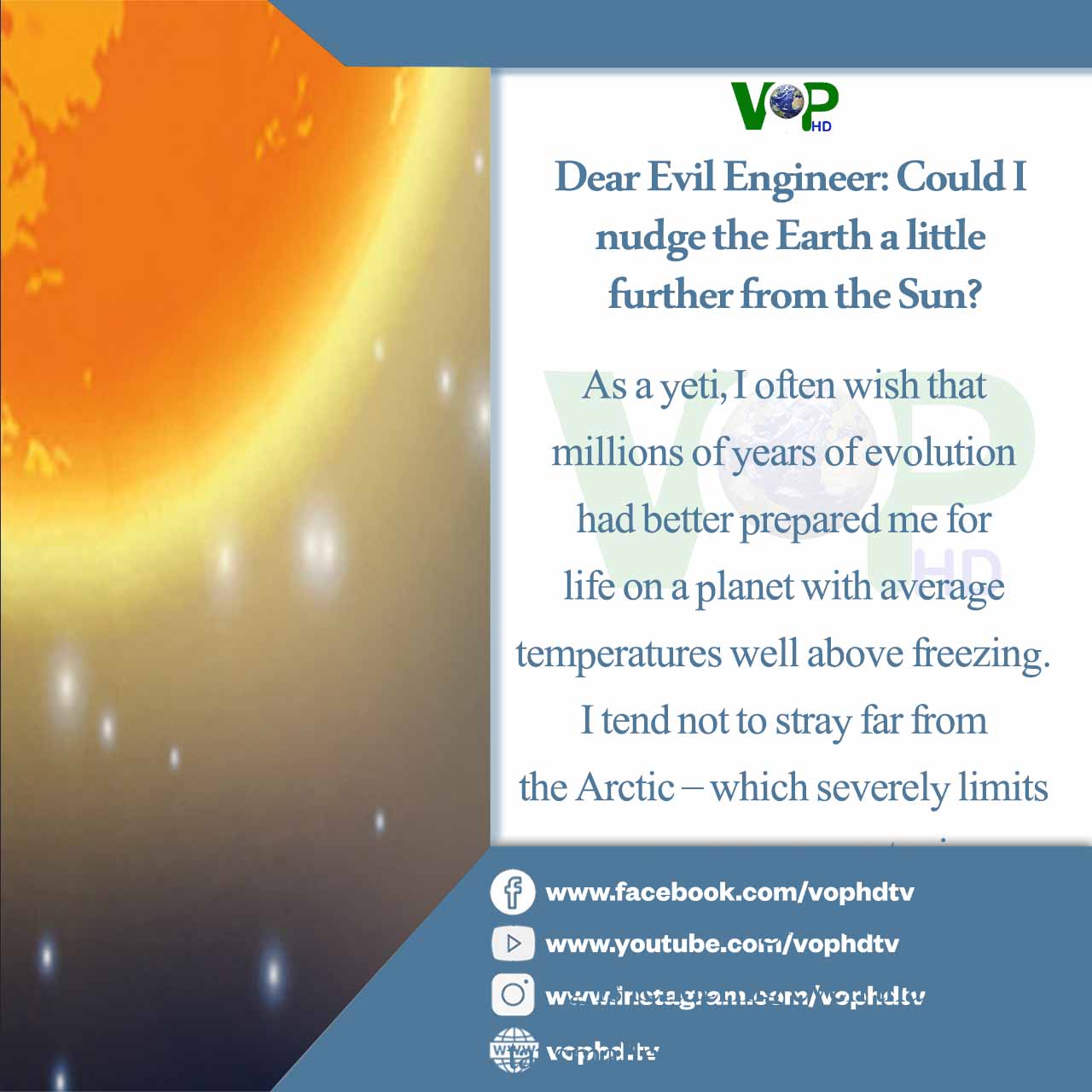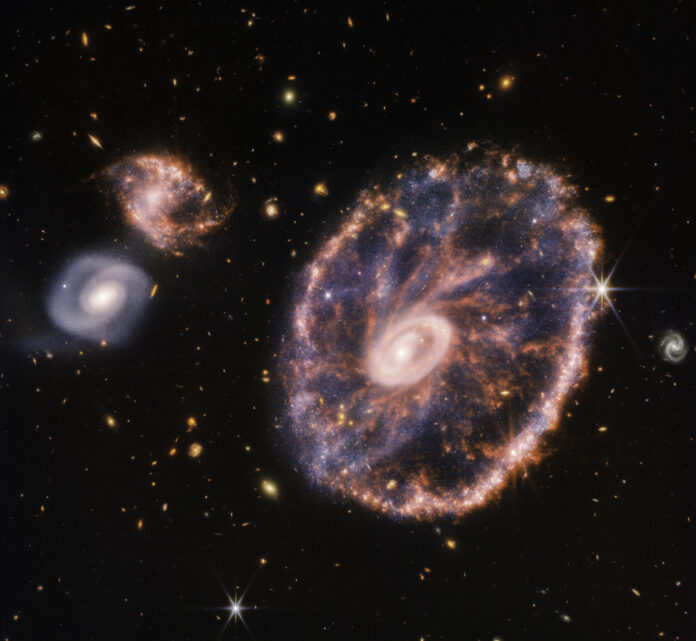
Life-containing water on Saturn’s moon discovered

On the icy moon Enceladus of Saturn, one such recent finding has been made.
Thanks to Nasa’s James Webb Space Telescope (JWST), the moon has been seen to shoot a “huge plume” of water vapour far into space. This plume most likely contains the chemical elements required for life, according to researchers.
The eruption was discovered in November 2022, and on May 17, it was presented at a meeting at the Space Telescope Science Institute in Baltimore.
According to Nature.com, Sara Faggi, a planetary astronomer at Nasa’s Goddard Space Flight Center, reportedly described the plume as “immense.”
Nothing new to see here:
Enceladus has already been observed ejecting water into space once before.
The greater sensitivity and wider viewpoint of the JWST, however, have added to the fascination. It demonstrated that the vapour jets go significantly farther into space than previously believed, exceeding the moon’s own diameter numerous times.
The diameter of Enceladus is approximately 313 miles (504 kilometres).
When were Enceladus’ watery eruptions first observed?
According to Space.com, Nasa’s Cassini mission first noticed frozen particles being ejected through the moon’s “tiger stripes,” which are wide fissures on its surface, in 2005.
This observation led to the discovery of Enceladus’ aqueous eruptions.
These explosions are so intense that the material they expel shapes one of Saturn’s rings.
What is so special about water spouts in space?
Methane, carbon dioxide, and ammonia — organic chemicals that contain the essential components for life — were found in the jets after being analysed.
In fact, in a report that appeared in The Planetary Science Journal last year, researchers hypothesised that some of these gases may have been produced by life itself, coming from deep beneath Enceladus.
Although the moon is mostly covered in water ice, observations of its rotation show that there is a massive ocean hiding beneath the frozen surface.
The water jets that the JWST and Cassini have discovered are thought to come from hydrothermal vents on the ocean floor. The presence of silica, a common element in planetary crusts, in the vapour plumes lends credence to this notion.
Possibility of alien life on Saturn’s icy moon Enceladus
Nasa scientists are currently talking about future flights to Enceladus to seek evidence of life in order to acquire proof of extraterrestrial life and more.
The Enceladus Orbilander is one proposed mission that would orbit the moon for around six months while travelling through its aqueous plumes and gathering samples.
The spaceship would then change into a lander and land on the surface of the ice moon, bringing with it tools for weighing and analysing molecules as well as a DNA sequencer and a microscope. The moon’s surface would be remotely explored using cameras, radio sounders, and lasers.
Exobiology Extant Life Surveyor, an autonomous “snake robot,” would be sent into the submerged depths of Enceladus as part of another mission proposal.
This robot would explore the uncharted territory of the ocean floor of Enceladus while armed with cameras and lidar to look for indications of life.




















































































































































